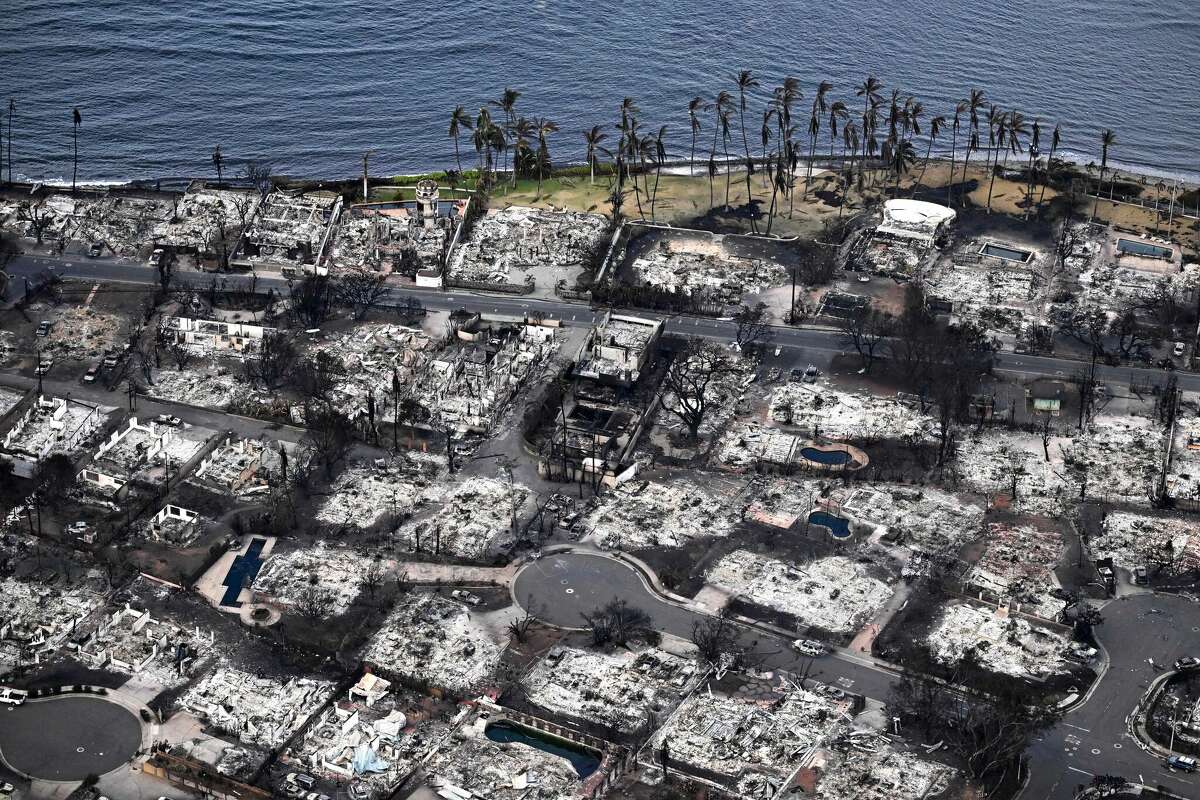
Per Wikipedia, “The unexamined life is not worth living” is a famous phrase supposedly uttered by Socrates at his trial for impiety and corrupting youth, for which he was subsequently sentenced to death. Regardless of Socrates’ fate related to these words, it’s a great dictum to follow. And it’s particularly important for communicators to note for our own integrity.
As professional truth-tellers, our job is to ensure that our stakeholders recognize and appreciate our employer’s reputation. So what do we do when we’re attempting to protect or restore a reputation that is being attacked by its own corporate culture?
Tony Jaques, Owner and Owner and Director of Issue Outcomes Pty Ltd, offers some compelling thoughts in his recent post: How moral blindness breeds plummeting corporate reputation
“Qantas. PwC. Rio Tinto. Optus. Telstra. Medibank. Facebook/Meta. Twitter/X. Any of the big banks.
The sound you can hear across the big end of town is the shredding of reputations in the wake of corporate crises, often triggered by moral blindness.
Releasing the latest Roy Morgan Trust Index, CEO Michelle Levine said Australians have never been more distrusting of business since their risk monitor began in 2017, and distrust of corporations had soared dramatically after COVID.
“Once the crisis had passed,” she said, “they found the new freedoms they had enjoyed under the cover of COVID hard to relinquish, and a kind of Moral Blindness became endemic.”
Referring to the unprecedented decline in trust of Qantas, she asserted there was moral blindness everywhere, from appalling call center delays, canceled flights, and snail’s-pace fare refunds, to former CEO Alan Joyce refusing to pay back any of the $2 billion in “corporate welfare”, despite the company surging back to billion-dollar profitability.
Of course, Qantas was not the only company to be accused of making unfair profits during a cost-of-living crisis. Australian supermarket giants Coles and Woolworths, for example, came under attack after announcing bumper annual profits of over $1 billion each at a time of food insecurity.
While business experts explained that such profits were not extraordinary given the size of these companies, Amy Booth and Danny Carney from a Tasmanian consumer protest group seemed to be reflecting a wider opinion when they declared that people “…understand they’re being screwed by the two big supermarkets.”
“They know it’s unfair that they make billions in profits while people steal or starve themselves to survive.”
Unsurprisingly, Coles and Woolworths made reassuring statements acknowledging that many people were doing it tough, and both pledged they were looking for ways to help reduce consumer costs.
However, the challenge for issue and crisis managers is not to try to reconcile polarised views about the competing demands of consumers and shareholders. It’s to recognize that, irrespective of the facts, the opinion and experience of consumers, investors, the media, and other stakeholders is what determines trust and reputation. Brand is what you say about yourself, while reputation is what other people say about you. And corporate reputation overall is plummeting.
Two key reasons are a perceived decline in management behavior and a rise in moral blindness from a supposed growing corporate culture of money over community responsibility. Moreover, it doesn’t even matter if that’s not true.
Corporate culture is how organisations behave when people aren’t looking. But more and more people are now looking, and too often they are mightily (un)impressed by what they see. Whether it’s Royal Commissions into the banking and casino industries; the latest news media exposé; or the rapidly increasing pace of legal action by various corporate cops against a growing list of business wrongdoers. Little wonder that reputation is increasingly at risk.
While experts argue about the exact numbers, most agree that reputation generally accounts for 50-60% of the share value of corporations, and much higher in many cases, depending on the industry. That is a massive amount of value at stake.
Take the case of BP in the UK which was already under pressure because of a massive boost to profits and executive bonuses on the back of rising petrol prices because of war in Ukraine. Then last month the CEO was sacked because of “workplace flings” and BP’s share value fell by $3.6 billion.
Managers and communicators need to fully understand that reputation is a core business asset – driven by what you do, not by what you say or what you promise – and there is very little chance it will improve while bad behavior continues.”
Thank you for sharing this insight, Tony!
So what does a communicator do?
Whether undertaking day-to-day communication, response or recovery communication, the communicator has a unique role: We represent our organization to the public, and we represent the public to our organization. We’re pretty good at the first one, but often lacking in the second. There’s little reason to expect an organization to see itself as the public does: It’s up to communicators to point it out. Doing so may be a career altering moment, but it is the dividing line between communication and obfuscation. At the end of your career, do you want to be remembered for your integrity, or your lack thereof?



